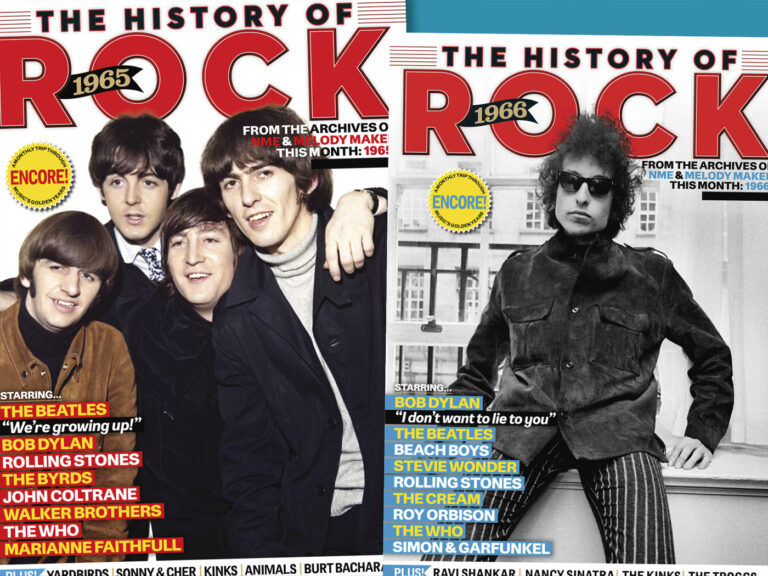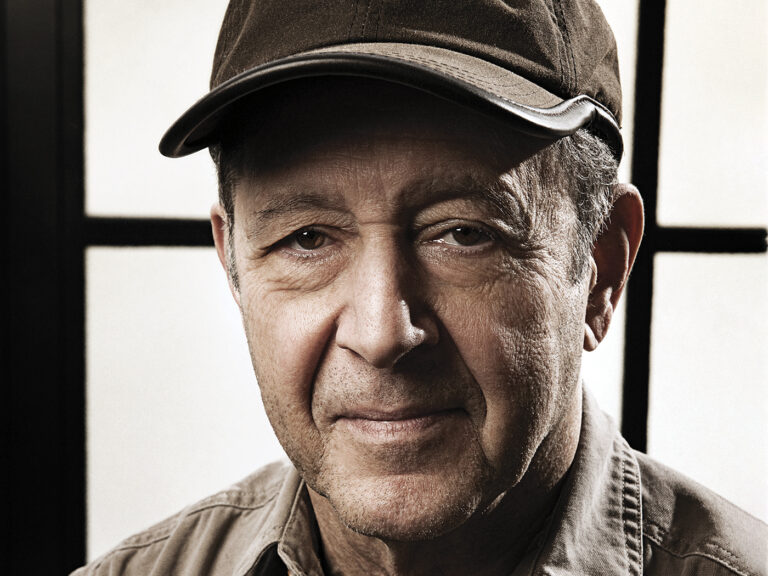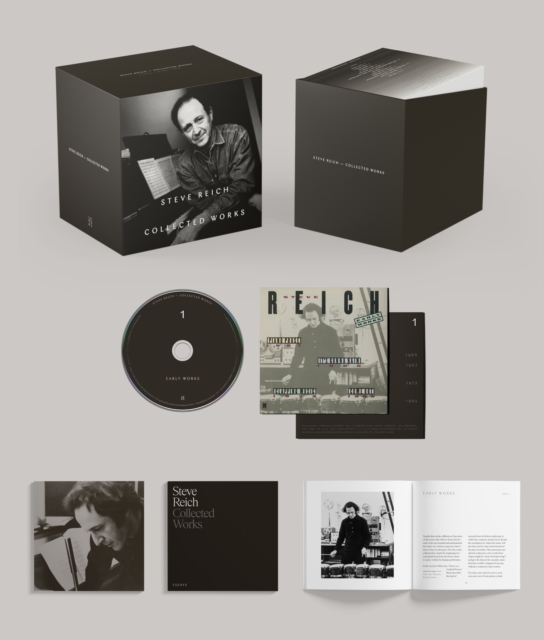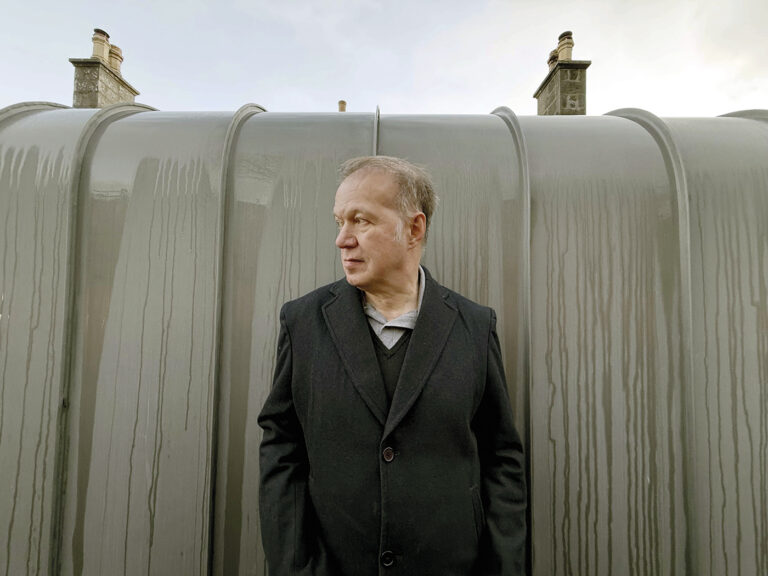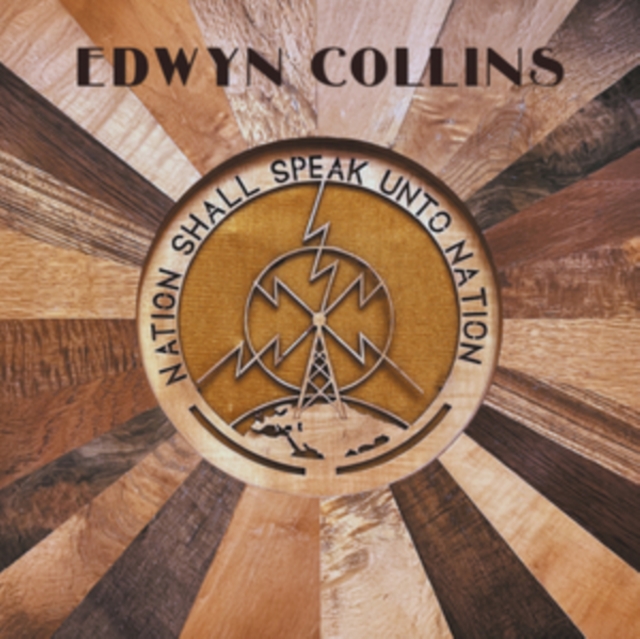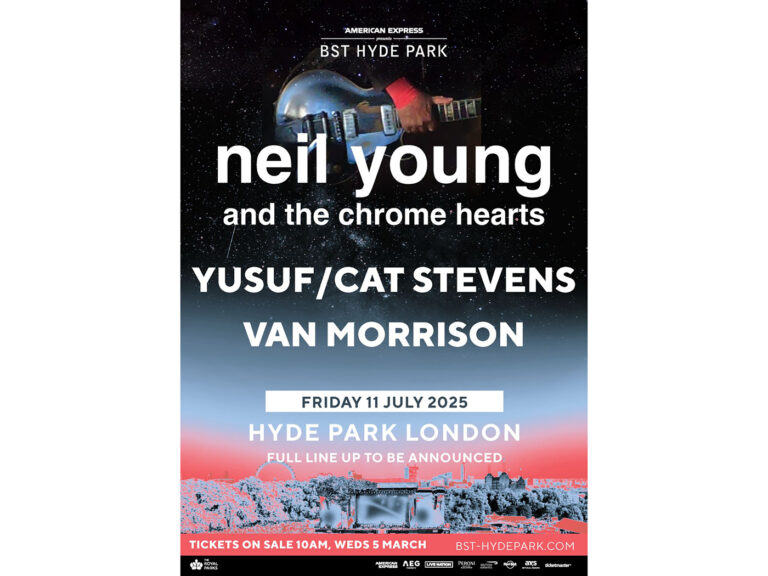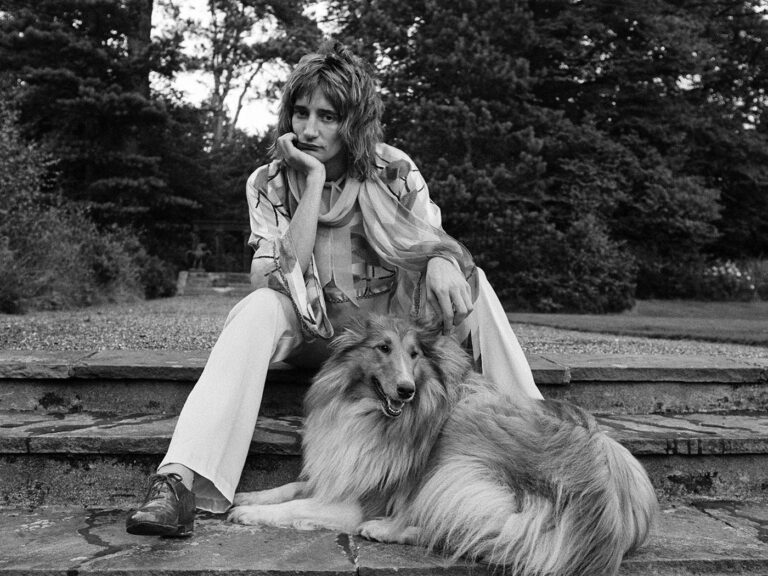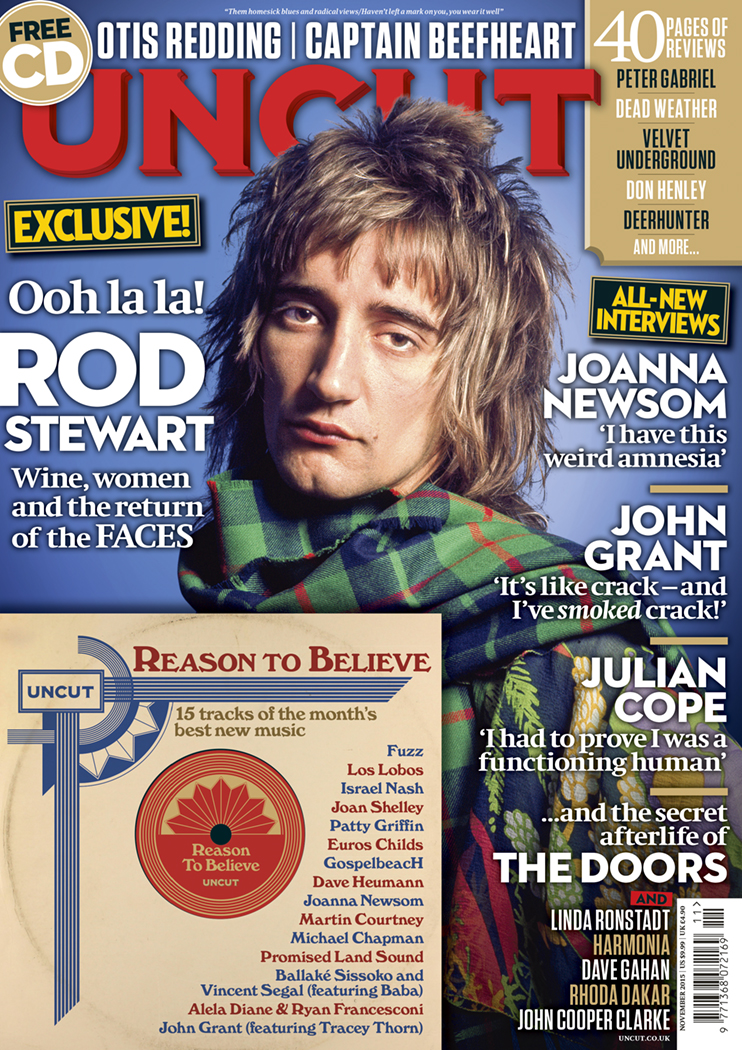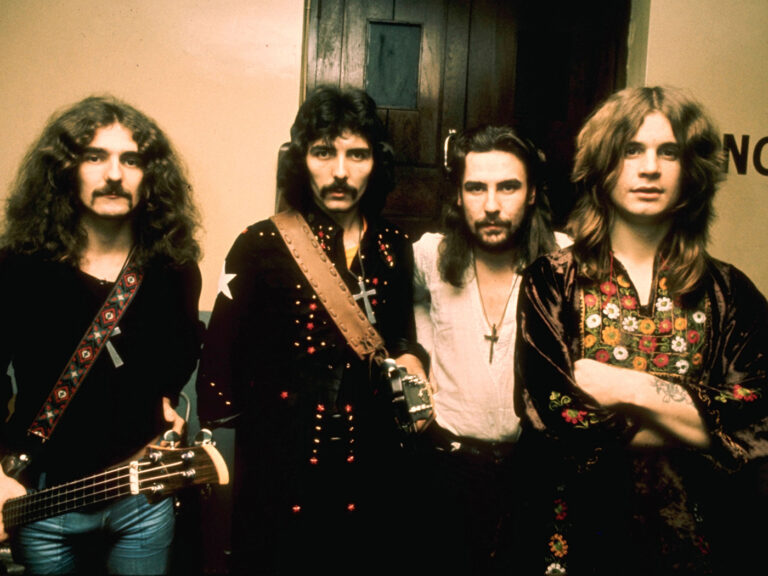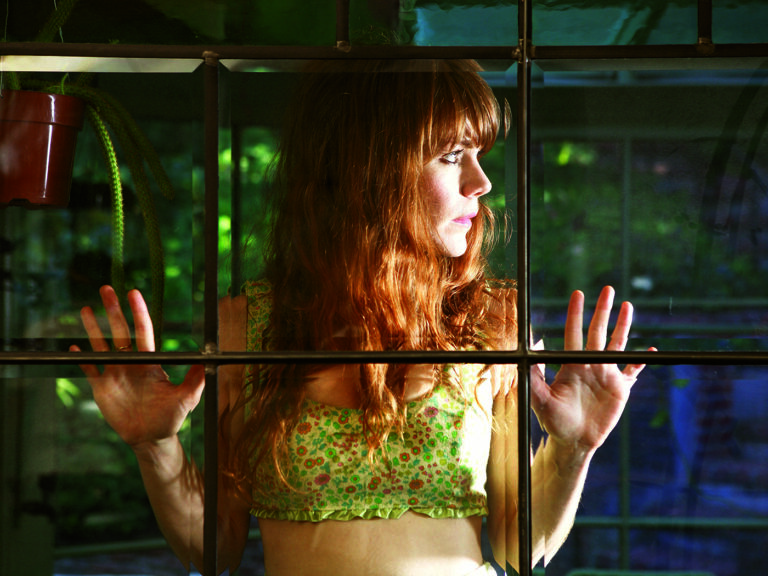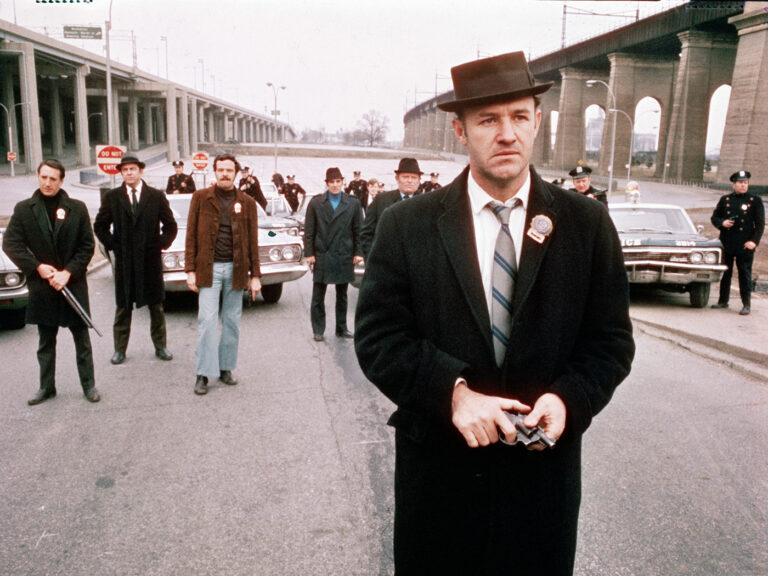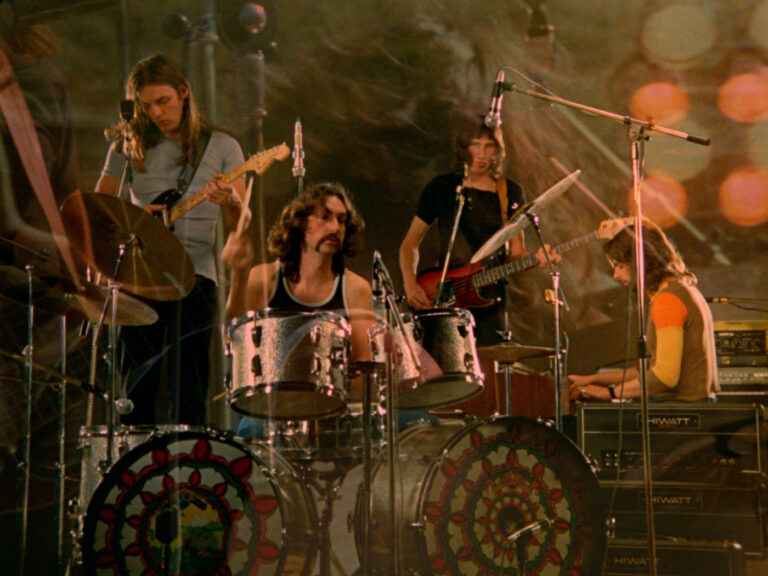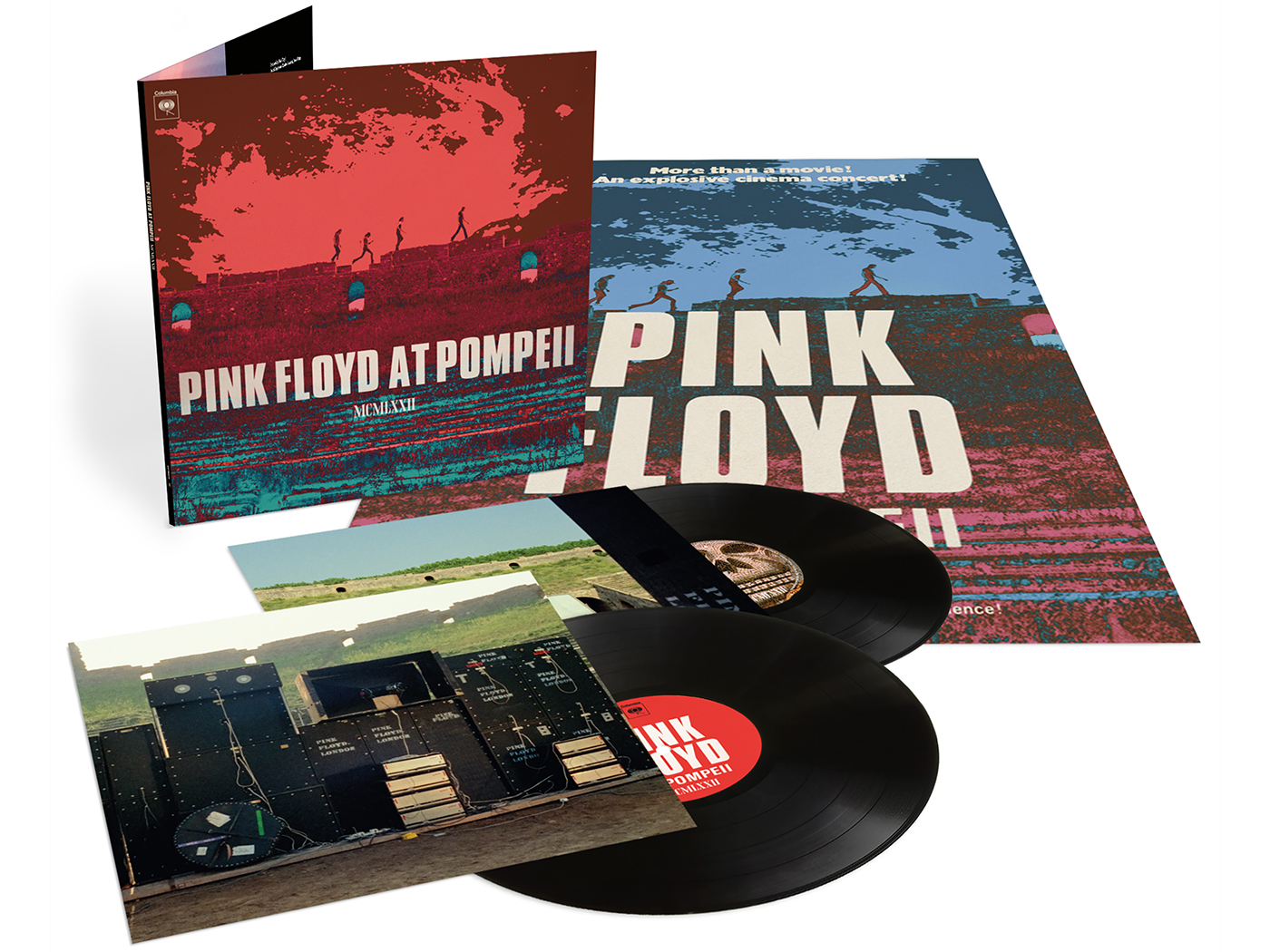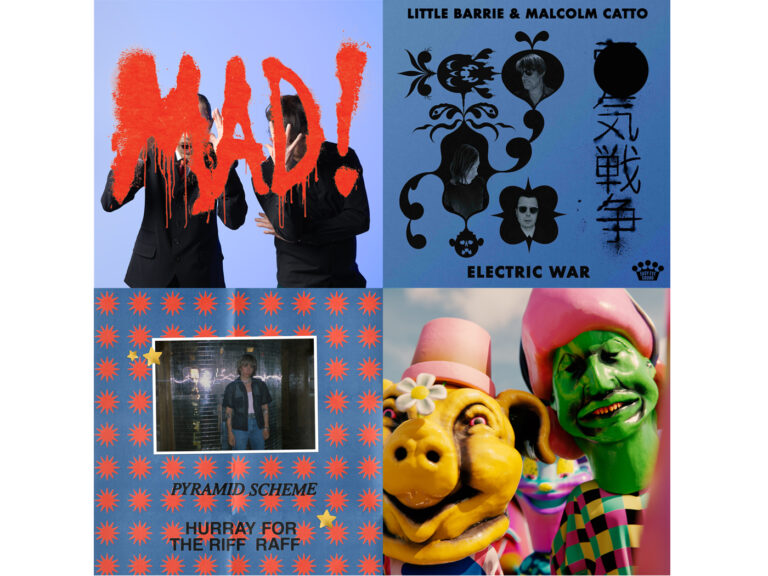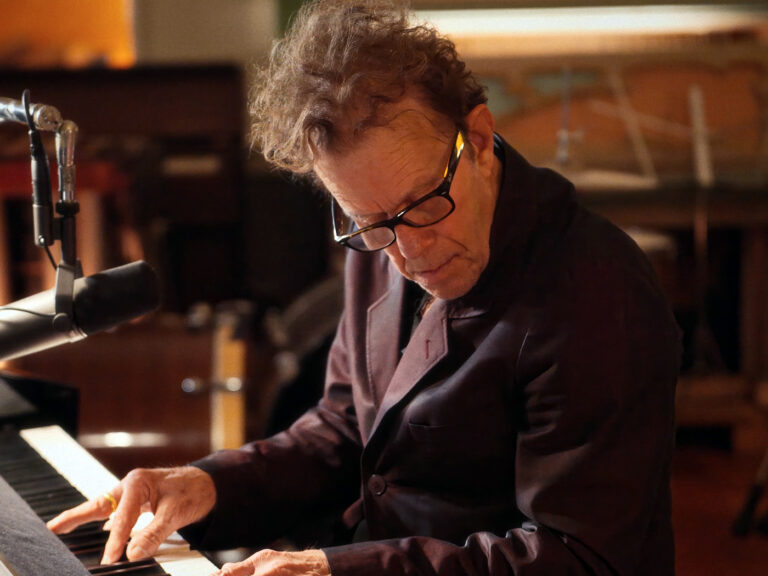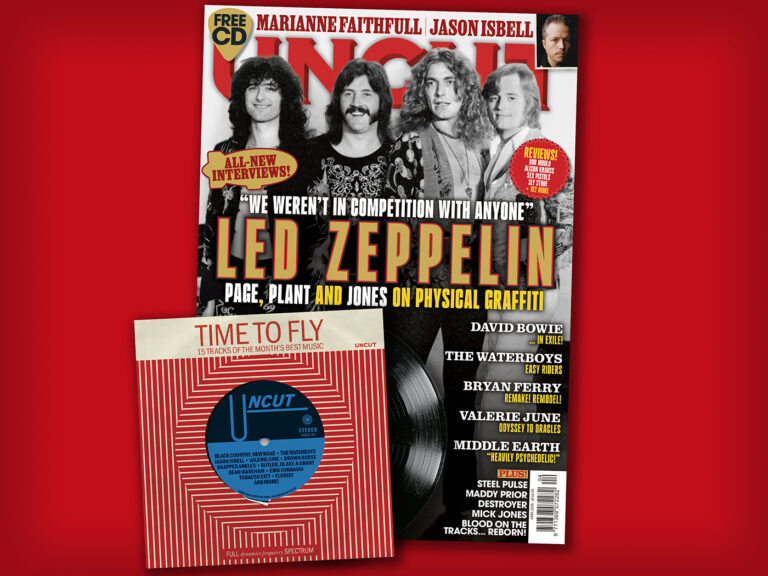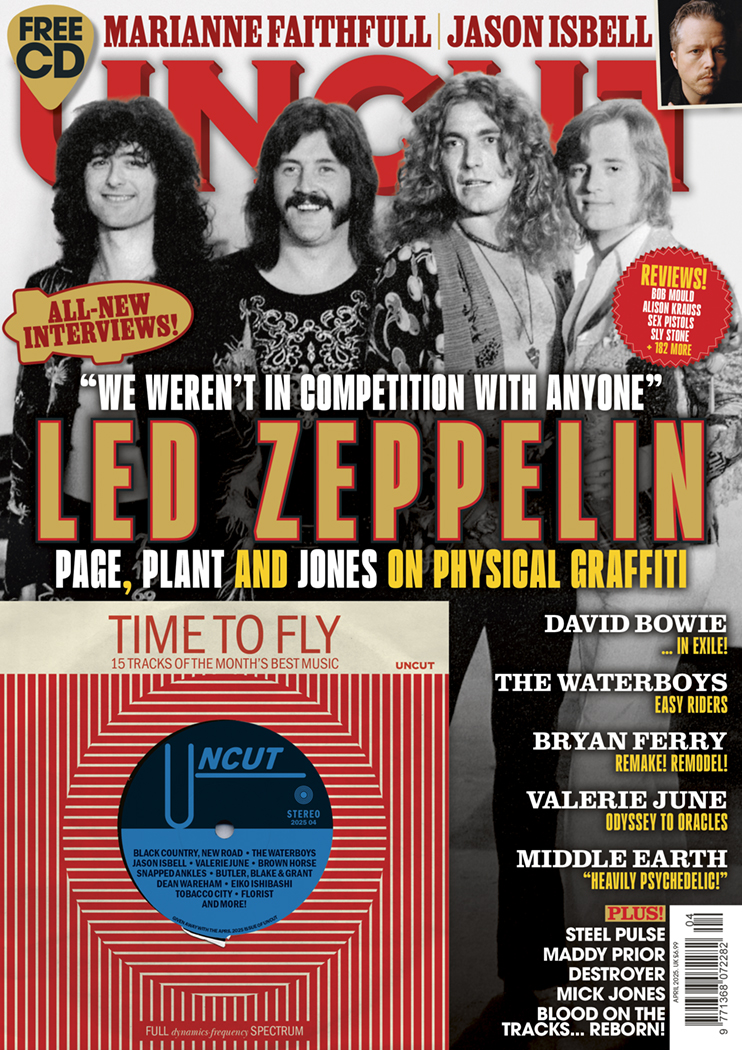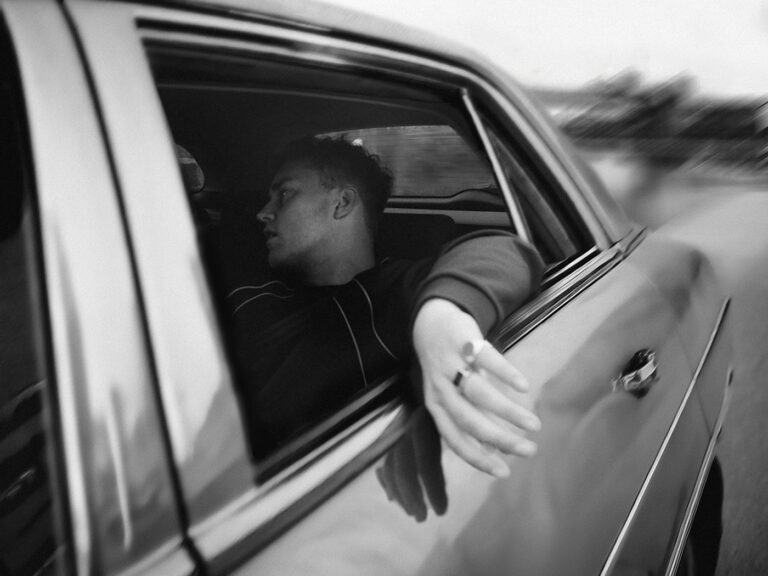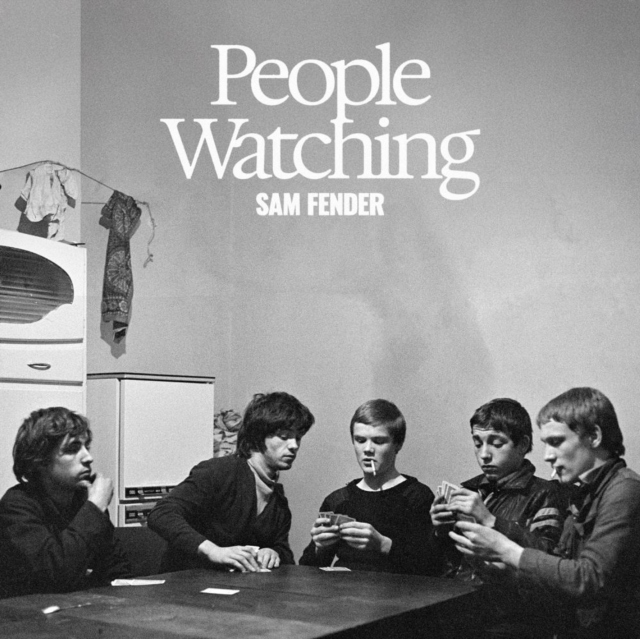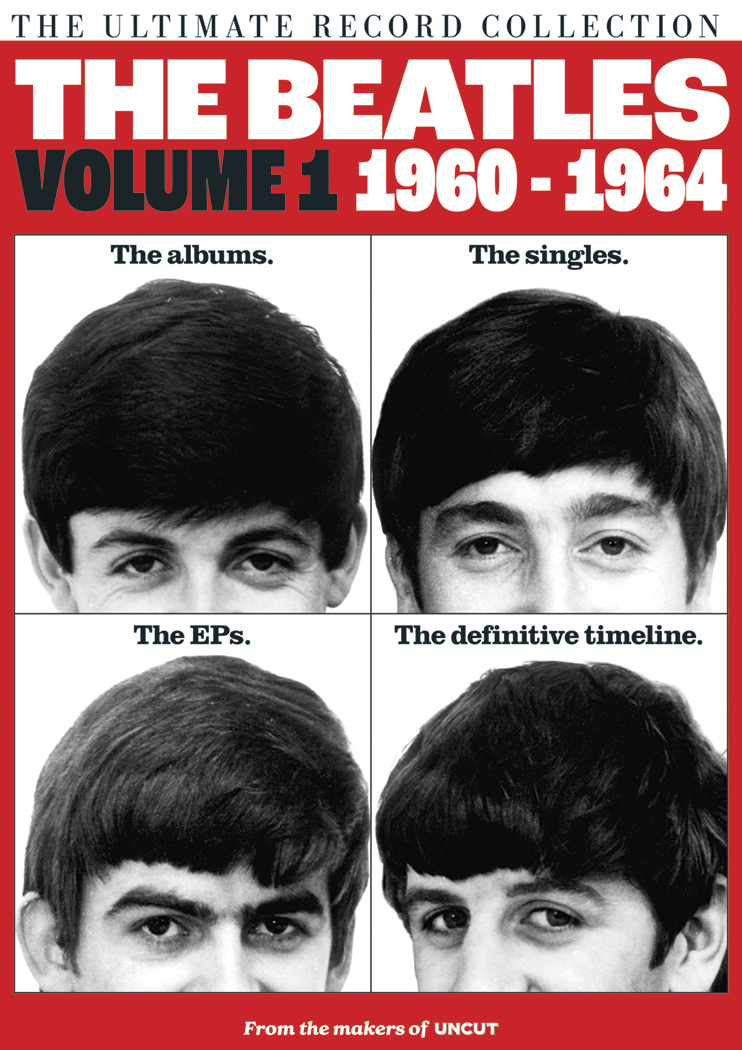Taken from Uncut’s January 2020 issue
In an old church by the Thames, the “groop” put together an 18-minute track with a message – here they take Uncut through the creation of “Jenny Ondioline”. “This song is about shifting the perception…”
The centrepiece of Stereolab’s second album, 1993’s Transient Random-Noise Bursts With Announcements, “Jenny Ondioline” has come in many forms: the 18-minute LP version, the snappy single version, and somewhere between those extremes on stage. In any variation, though, there are motorik rhythms, restless guitars, loping bass, droning organs, layered vocals and radical, politically charged lyrics.
“We played this song just last night,” says Lætitia Sadier on the phone from her hotel in Mexico City, where Stereolab are finishing up a lengthy American tour. “It went down very well. We don’t always perform it, and for a while it was not ready to be played, but now we’ve re-adapted it and it feels more friendly.”2019 has seen the group reform for stellar live dates, nominally in support of deluxe remastered reissues of seven of their finest albums, including 1996’s classic Emperor Tomato Ketchup and 1993’s noisier, abrasive Transient….
“‘Jenny Ondioline’ encapsulated everything about Stereolab at that time,” says their longtime manager Martin Pike. “I still think it’s an amazing track.”
“[New York avant-punk guitarist] Rhys Chatham was very influential on me at the beginning of Stereolab,” explains guitarist Tim Gane, “the simplicity of it. I didn’t really understand tunings or just-intonation, but ‘Jenny Ondioline’ was the result of seeing what would happen if you tried to adopt those avant-garde principles for pop music. I just wanted to see what would happen.”
While “French Disco”, originally on the B-side of the “Jenny Ondioline” EP, is perhaps Stereolab’s most widely known song, the title track – named after an early French synthesiser – remains the connoisseur’s choice; strident and positive, it reshapes the politics and musical styles of the past into something fluid, driving and timeless. Sadier, in particular, is deeply connected to the complex lyrics, even if online commentators have sometimes misinterpreted her message.
“I found some versions online which were absolutely horrifying,” she says. “People have got it really wrong. They talk about ‘nation’ in a way that could make me sound like I’m a complete fascist or something! ‘I don’t care if the fascists have to win/I don’t care democracy’s being fucked/I don’t care socialism is full of sin…’ It’s quite a statement to make, right, which can be interpreted in a completely wrong way. But this song is about shifting the perception, saying that we are not the victims, but that we are the creators – we’re not here to cry over our desolate fate, we’re here to create the world that we desire. If you look at things from that point of view, then it’s optimistic.” TOM PINNOCK
SEAN O’HAGAN: Tim and Lætitia lived around Brixton or Camberwell at the time, in various short-stay shared flats. I’d pop over and the little four-track would come out in the bedroom, and I’d hear these very basic demonstrations of new songs.
LÆTITIA SADIER: The demos Tim would give me were little embryos of songs which would then be developed in the studio. “Jenny Ondioline” ends up being quite a droney song, but still there was a chord structure with recurring changes and the melody.
TIM GANE: There aren’t many chords in Stereolab songs, especially at the beginning, which is why Andy [Ramsay, drums] used to call me Captain Easychord! There were two demos for “Jenny…”, part one and part two. But they were based around the same chord. It was the first and only time I ever changed the tuning on the guitar. I just changed it to what I thought was an interesting thing and then just moved my fingers up and down and that was the song. I’m always attracted to things where you don’t have to have a lot of technical ability to sound good – it also feeds back to the drones we’d been using on keyboards since the first record. Lætitia would have put the words and vocals on there soon after I’d demoed it.
SADIER: I was reading a book of paintings by George Grosz at the time. He was German and he painted a lot between the two world wars. Like a lot of artists he was utterly disgusted with what was going on, with the social climate and the social deprivation that was going on around him, and that he was maybe a part of as well. He depicted the Weimar era the best, how depraved men were, and the Nazis and prostitution and misery and people doing all sorts of things to have a bit of bread. In the book they interviewed someone at the time, or maybe it was even Grosz himself, who said that they didn’t care if all this went on, you know, the rise of fascism, and socialism going down the drain. For him what was really important was to remain creative, and to use whatever’s going on around you in the most creative ways. I found that take fascinating.
GANE: This was back in the days when we did rehearse songs a bit – one week after we wrote this, we played it on a French radio show, Black Sessions, presented by this guy Bernard Lenoir. It was quite a big deal back then. He was a big fan, Sebadoh were there in the audience I remember, and we played this 10-minute track and it totally bombed. We should have just played three or four short songs and it would have been hunky dory. When we came to record it a little bit later we just expanded it [even more] and did all these variations. It was our first time at Blackwing Studios.
O’HAGAN: It was a church that was bombed during the Second World War, but one half of the church was never restored, and that became a secret garden with a wall around it, which was pretty amazing. It had two rooms, the big stone one, and the smaller, drier room, which people called the mix room. Back in the ’80s there was this whole thing of having stone drum rooms, for that clattering sound, but this was of course the ’90s when stone rooms were not quite as popular. So everybody actually played in the dry room!
SADIER: I loved going to Blackwing every day; it was our second home for so many weeks. We were either on the road or we were at Blackwing, that’s what I remember from that time. It was like going to work, except we were making the records that we loved making. I remember practising my pool skills there, too!
GANE: We had six weeks there, and that was to record and mix everything on the Transient Random-Noise Bursts… album, and B-sides and ancillary tracks that came out around that time. Transient… definitely has a singular sound and a singular approach, all done in the same place with the same engineer. That does give it a completeness, whereas some of the other albums are a bit all over the shop because they were done in different locations with different people.
MARTIN PIKE: I’d never been into a proper studio for any length of time, so it was all new to me. The studio was quite close to where Tim and Lætitia used to live, so it was easy for them to nip in and out. But the nature of the band in the studio has always been revolving – not everyone’s needed to be there all the time.
SADIER: Around eight or nine each night, cabin fever would set in, and I would cycle around the area. It was like a Jack The Ripper area – you still had real fog in London at that time – and sometimes I would have imaginary adventures around then. It’s not far from the Thames and close to what now is the Tate Modern, but at the time it was just a dark building. I remember discovering this building and being absolutely thrilled by it. All that stretch along the river was in the dark, unexplored.
GANE: In those days we would have recorded guitar, drums and bass together first. Sean might have played the keyboards then, too. I don’t think vocals were done live.
SADIER: I remember it being a bit like a conveyor belt – after the drums, bass, guitars and keyboards were down, then and only then Mary [Hansen, vocals and guitar] and I would start our vocals. It was always quite obvious how to arrange the voices – there was a lead vocal that would carry most of the lyrics which I would sing, and there were some echoing parts which were Mary’s parts. Mary and I would sit down, work it out together and see what would sound best.
O’HAGAN: In those days the organ parts were about not playing the third note in a chord – you’ve got the first, the third and the fifth [in a standard chord], and it was all about leaving out the third. It’s a German chord, it’s got a bit of attitude but it doesn’t have the definition that you’d have with a third in it. When you do that you create overtones, and when you have lots of different instruments playing those two notes you kick off all these other overtones which come out in the room, in the mix. You start hearing things that aren’t actually there, it’s a psychoacoustic thing. The keyboards would have all been amped and all been overdriven. We mainly used a Farfisa single manual and an orange Vox Jaguar then.
GANE: We didn’t record the whole 18-minute thing in one go, we did them in different spots; so we would do five minutes and get that right, and then go on to another version of it. We knew part one would come before part two, but we didn’t know how they would join together. There was lots of noise, throwing things down, putting things backwards, stuff we taped off an audio test record, they were all added on randomly. The speech wasn’t even sampled, we just put the record on and played it over the song.
O’HAGAN: I might have played guitar on the noisiest section, too. There was a little hippie thing to that song. The tape edits were close to that Cluster or Popol Vuh thing, and then the organ at the end would have been going through the Rogue Moog and maybe through an Electro-Harmonix Memory Man box as well. That was a bit of a hippie thing – now it’s not, but back then it would [have seemed that way].
GANE: Then the final composition was done at mastering. The long version is really six or seven separate parts that we edited together. It’s interesting to hear it separated again [on the reissue]; it gives you a different perspective. We always wanted to do a side-long track. We tried to do it again on [1994’s] Mars Audiac Quintet, but it sounded too much like “Jenny Ondioline” but not as good. We didn’t do it on Emperor Tomato Ketchup, but we did it again on [1997’s] Dots & Loops and [1999’s] Cobra And Phases Group Play Voltage In The Milky Night. I suppose it goes back to my youth, and those Can records where you’ve got some poppy songs on Side One and then a really long track on Side Two. I loved that, it seemed exciting.
O’HAGAN: A lot of the mixing would have been done with five or six people mixing together – somebody would be on all the keyboards, someone would be on the drums, etc, so you’d have to group everything, and use things like pencils so you could fade four tracks at once. There would have been edits too, and it might well have been the 24-track that was cut, which is pretty dangerous to do.
GANE: We got the most bizarre drum sound… I’d like to say it was intentional, but we’d taken this fairly expensive, high-end studio and made it sound like a basement. When we were remastering it, the mastering guy said it was the most bizarre mix of frequencies that he’d ever worked with. It’s all middle – middle on top of middle! But the sound works in its own way, it’s a bit of serendipity and it fits in with the chance thing that I like. We also did another mix for the seven-inch, which was the short pop version.
PIKE: We decided it would be the lead single, but it got flipped soon afterwards and [DJs] put on “French Disco” instead. We didn’t have any money to repress or re-sleeve anything, so we just stickered the remaining copies in the warehouse with a sticker that said ‘Includes French Disco’ or something like that. But in America they continued ahead with “Jenny Ondioline”.
SADIER: Earlier this year I made a selection of 60 songs for potential live contenders. I put the full long “Jenny Ondioline” in there, because I thought it would be a super challenge to do that live. I submitted it to the committee, but Tim and Andy didn’t really feel confident that the long version would sound good, because it’s quite difficult to replicate live.
PIKE: Standing in the audience when they play it now, people really love it. It’s classic early Stereolab, I suppose. We had our own record label, Duophonic, so we didn’t have people saying anything like, “Could you get it down to one album so it’ll be cheaper for us?” We just did what we wanted to do, so that was quite a nice thing.
GANE: It’s one of my favourite things that we did. It works, it still sounds good now. I don’t really listen to the records after we’ve done them, but it was nice to hear this at the remastering. I don’t feel that we’d do it in any other way now.
SADIER: The message it carries is very central to our work, or at least to my lyrical work: that we’re all creative beings and we’re all implicated in the course that humanity will follow. We’re much more responsible than we think, we’re also much more apt than we are made to believe. That was my message to the world, that society influences us and we influence it back. That’s the excitement about living. I came from a family where nothing is ever possible, and that’s why I moved away, because I thought, ‘If I stay here I’m gonna have a really unhappy life.’ Instead I was really drawn to moving away and creating my own life. It’s something I was very lucky to be able to do. I think we’re at a point of crisis now [politically and socially], but it’s in crises that we’re given a chance to shift and grow, to move on to something. I don’t know if we’re quite ready, because it is a rather big leap; but we cannot operate with the old paradigms, we have to change.
FACT FILE
Written by: Tim Gane & Lætitia Sadier
Performers include: Laetitia Sadier (vocals, organ), Tim Gane (guitar, organ), Sean O’Hagan (organ, guitar), Mary Hansen (vocals, guitar), Duncan Brown (bass), Andy Ramsay (drums)
Produced by: Phil Wright
Recorded at: Blackwing Studios, London
Released: August 24, 1993 (LP version), December 27, 1993 (EP version)
Highest chart positions: (EP) UK 75; US –
TIMELINE
March 1993 Stereolab perform an early 10-minute version of “Jenny Ondioline” on French radio show The Black Sessions
May 1993 The group enter Blackwing Studios – housed in a deconsecrated church in south-east London – for six weeks to record their second album, Transient Random-Noise Bursts With Announcements
August 24, 1993 The album is released, followed by the “Jenny Ondioline” EP at the end of the year


